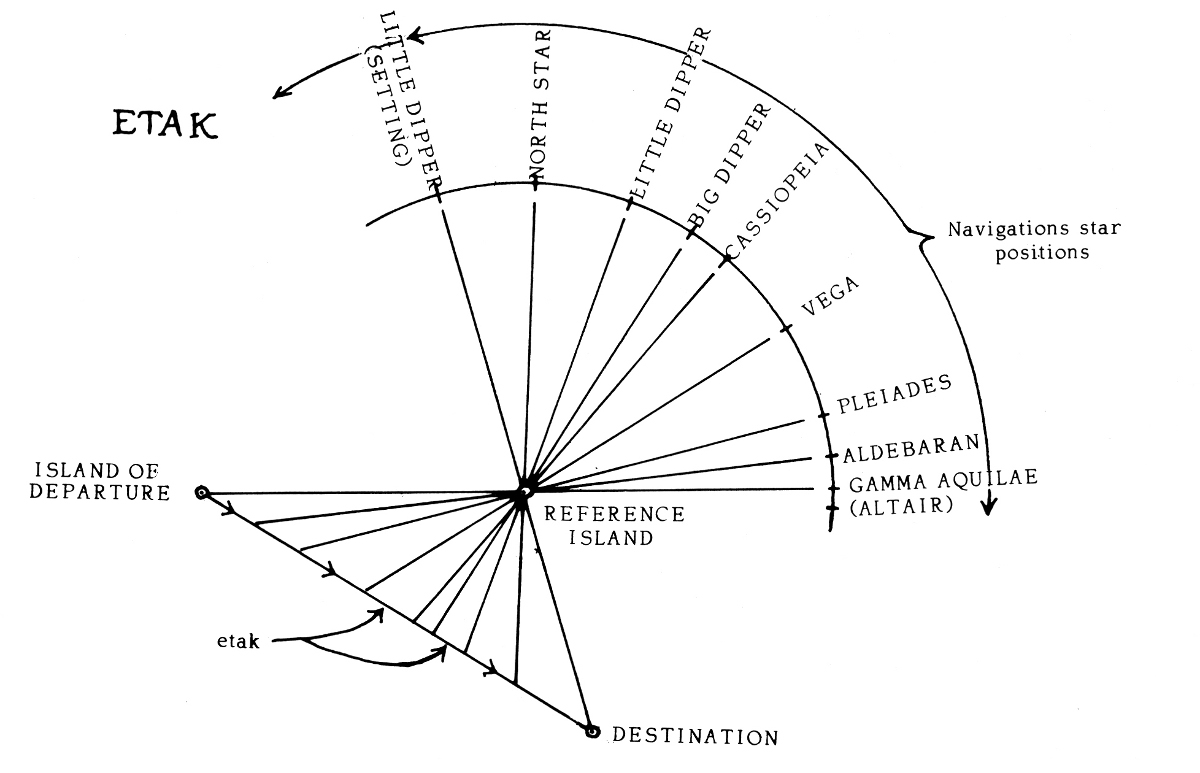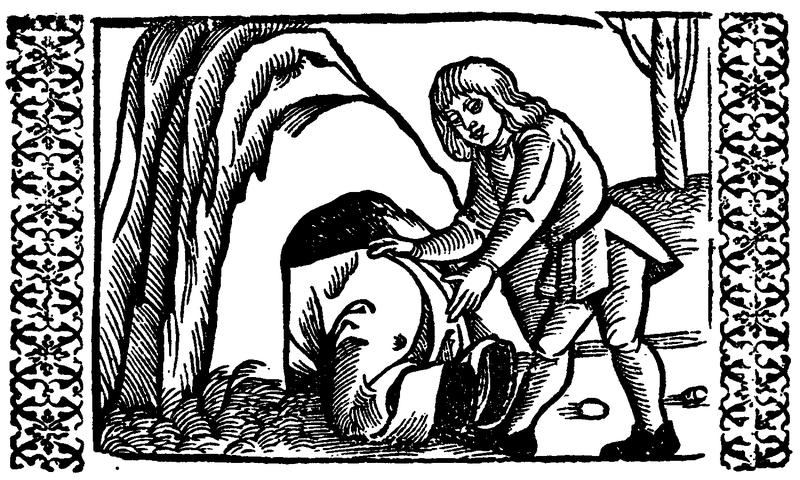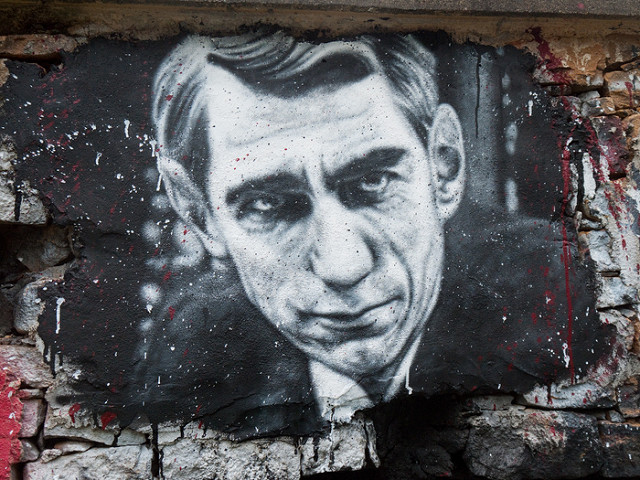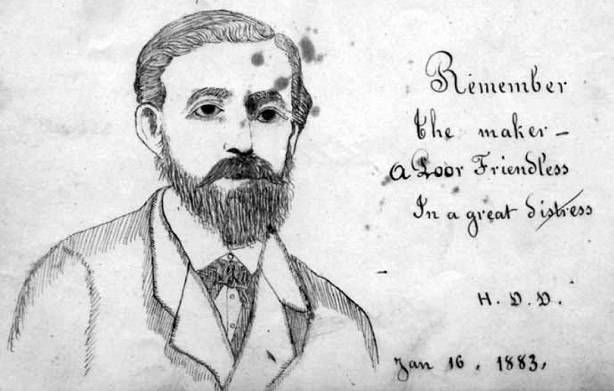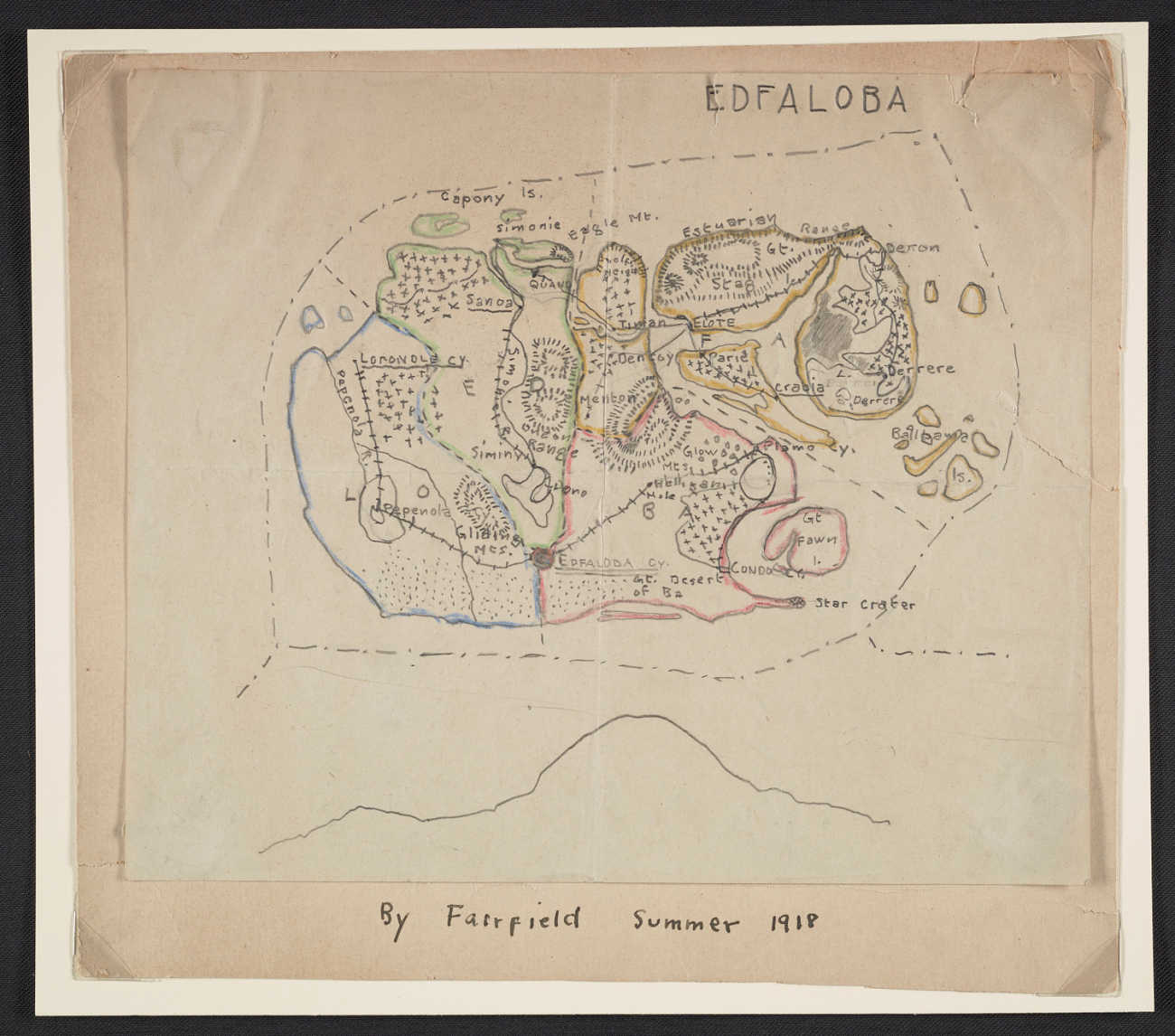Seems there were three lawyers and three MBAs traveling by train to a conference. At the station, the three MBAs each buy tickets and watch as the three lawyers buy only a single ticket. ‘How are three people going to travel on only one ticket?’ asks an MBA. ‘Watch and you’ll see’ answers a lawyer.
They all board the train. The MBAs take their respective seats but all three lawyers cram into a restroom and close the door behind them. Shortly after the train has departed, the conductor comes around collecting tickets. He knocks on the restroom door and says, ‘Ticket, please.’ The door opens just a crack and a single arm emerges with a ticket in hand. The conductor takes it and moves on.
The MBAs see this and agree it was quite a clever idea. So after the conference, the MBAs decide to copy the lawyers on the return trip and save some money (being clever with money and all that). When they get to the station, they buy a single ticket for the return trip. To their astonishment, the lawyers don’t buy a ticket at all. ‘How are you going to travel without a ticket?’ asks one perplexed MBA. ‘This time we can’t tell you,’ says one of the lawyers, ‘it’s a professional secret.’
When they all board the train the three MBAs cram into a restroom and the three lawyers cram into another one nearby. The train departs. Shortly afterward, one of the lawyers leaves his restroom and walks over to the restroom where the MBAs are hiding. He knocks on the door and says, ‘Ticket please.’
— Marc Galanter, Lowering the Bar: Lawyer Jokes and Legal Culture, 2005

